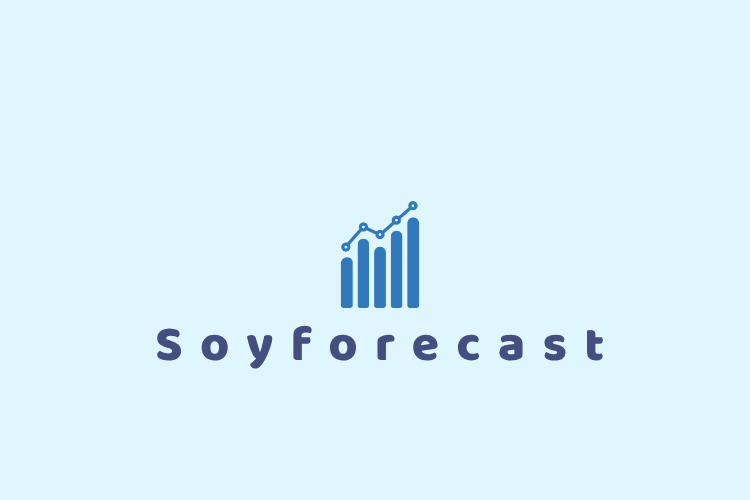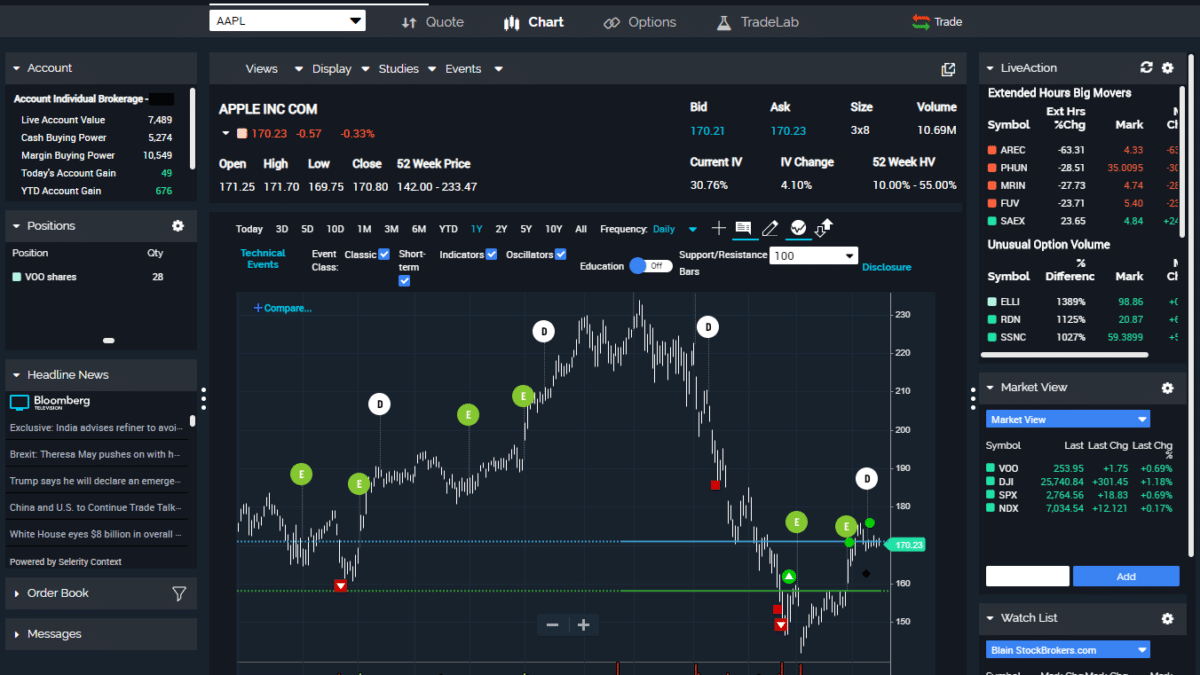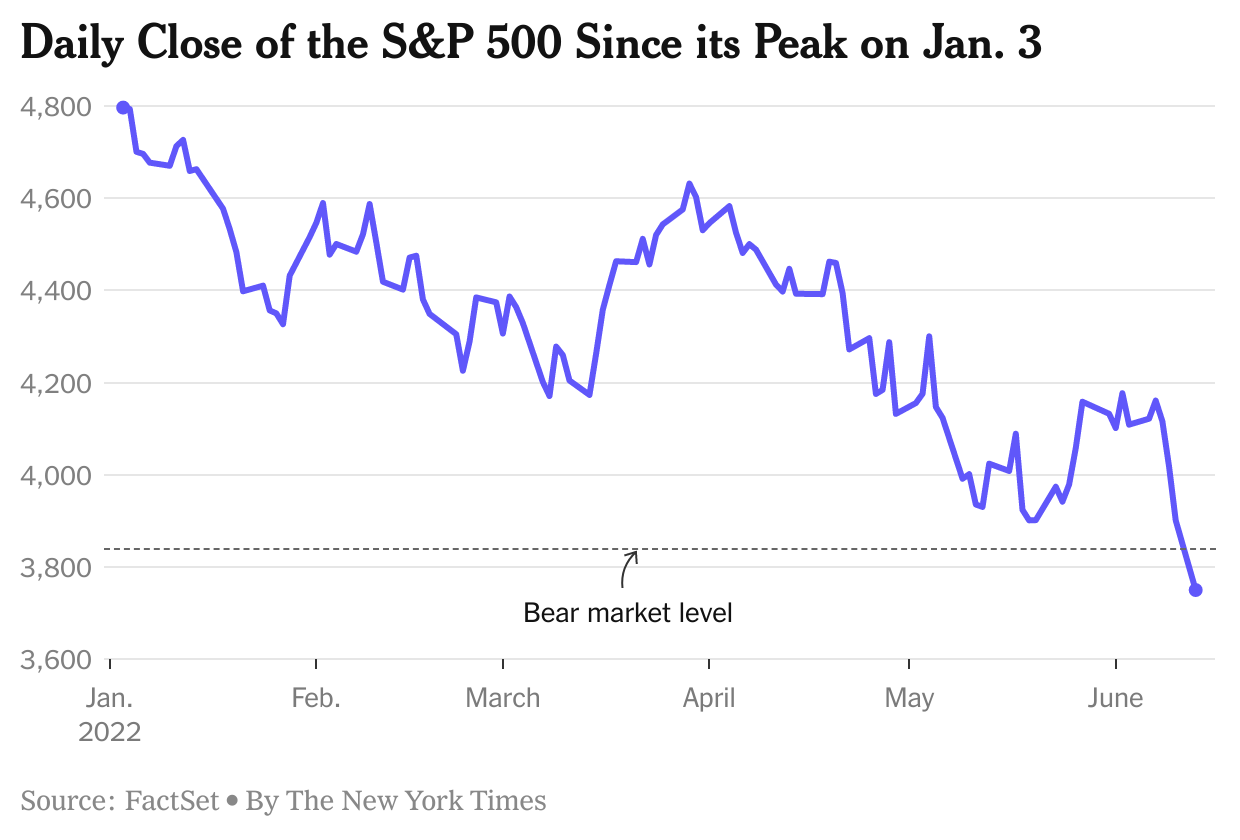
Commodity Market Analysis is the process of studying the price of commodities to forecast future price movements. This analysis can be done by both fundamental and technical techniques. For commodity trading to succeed, traders must have the right tools.
Fundamental analysis
This type of market analysis is based on the concept of supply and demand for a particular commodity. The supply of a commodity is affected by weather conditions, production regulations as well as new supply lines. This is not an easy task, but many traders have been successful in the commodity market using this method.

Technical analysis
The technical analysis approach to commodity market is based on the assumption that prices move in clearly defined patterns and trends that can repeat over time. Traders in the commodity markets have many technical indicators at their disposal. They should choose the one that suits their trading style.
Stochastics, RSI, and RSI indicators are used in commodity market analyses. They can also be used to measure overbought levels and oversold levels. They can also serve to confirm buy/sell signals, depending on which direction the market is moving.
Technical analysis is a key part of commodity trading. It can help you make great profits. However, it is important to understand how to interpret and use the data effectively. This is especially important if you want to trade for long periods of time, such as monthly or weekly futures.
It is important to understand the market and decide whether you want to enter or leave the market. This is a crucial aspect of any strategy that is based on technical analysis and can be difficult to learn, but with practice it is possible to become an expert in this field.

Fundamental and technical approaches are very different. A technical trader can look back at the past while a foundation trader will focus on the future. To put it another way, a fundamental analyst must know about the market's current state while a technical trader can use data from past markets in order to predict the future.
FAQ
Is it possible to make a lot of money trading forex and cryptocurrencies?
If you have a strategy, it is possible to make a lot of money trading forex and crypto. It is essential to be able to spot trends and determine the best time for you to buy and/or sell.
Knowing how to spot price patterns can help you predict where the market will go. Additionally, it's important to keep your risk as low as possible by trading only with money that you can afford to lose.
For long-term success, you will need to combine experience, knowledge, risk management skills, and discipline.
Because cryptocurrency prices can fluctuate, it is important that you make sure your entry position and exit plan are compatible. If there is an opportunity to take profits or limit losses, then go for it.
Since cryptocurrency markets are largely unregulated and present substantial risks, researching potential exchanges and coins is essential before signing up for any wallet or platform.
Because forex trading involves the prediction of fluctuations in currency rates via technical analysis/fundamental economic analysis, this type of trading requires special knowledge that has been acquired over time. A solid knowledge of the conditions that affect different currencies is essential.
It's about taking calculated risks and being open to learning. The most important thing is to find the best strategy for you. If you put in enough effort and have the right education, you can potentially make a lot of money trading forex or cryptos.
What is the best trading platform for you?
Choosing the best trading platform can be a daunting task for many traders. There are many trading platforms out there, so it can be difficult for traders to choose one that is right for them.
The best trading platforms should provide the features you want, including advanced chart analysis tools, real time market data, and advanced order execution capabilities. It should also feature an intuitive, user-friendly interface.
It should offer multiple account types and low fees. You also need reliable customer service and educational materials. Look for platforms that offer demo accounts or free trials so that you can practice with virtual money before risking any of your own cash.
You should consider your type of investor or trader when looking for a trading platform. For example, are you active or passive? How often do you plan to trade? What asset class mix would you like? This will help you narrow your search for the right trading platform.
Once you have identified the platform that suits you best, it is time to explore additional features such backtesting capabilities and stock screening tools. You should also ensure that your chosen platform offers appropriate security protocols to protect your information from theft and breaches.
Some of the most popular trading platforms include MetaTrader 4/5 (MT4/MT5), cTrader, eToro TradeStation ProRealTimeTrade FusionPlus500 NinjaTrader Webtrader Interactive Brokers TD Ameritrade AvaTrade IQ Option Questrade Investopedia Trade Idea Xtrade Libertex Robinhood TD Ameritrade FXCM ThinkOrSwim App Store just to name a few!
Which is best forex trading or crypto trading?
Both forex and cryptocurrency trading have their potential profits. But it all depends upon your investment goals.
Forex trading involves investing in foreign currencies. This is an easy option for beginners. You will need to invest a lower amount upfront. Additionally, forex markets are worldwide and available 24/7.
The upside is that crypto trading provides a quick return, as prices can change very rapidly due to volatility. It is also easy to cash out tokens quickly, as crypto trades have high liquidity.
Both cases require that you do extensive research before investing. You can reduce your risk by diversifying assets. This will help you to be successful in any type of trading.
It is important to know the types of trading strategies you can use for each type. Forex traders might use fundamental or technical analysis to make decisions. Crypto traders, on the other hand, may use arbitrage and margin trading to maximize their profits. Some traders might also opt for automated trading systems, or bots, to manage their investments. Before you invest, make sure to understand the risks associated with each strategy.
What are the pros and cons of investing online?
Online investing has the main advantage of being convenient. Online investing makes it easy to manage your investments from anywhere on the planet with an internet connection. You can access real-time market data and make trades without having to leave your home or office. Online brokerages typically charge less than traditional brokerages. This makes investing easier, especially if you have a smaller amount of money.
However, online investing does have its downsides. Online investing is not without its challenges. For instance, you may find it difficult to obtain personalized advice or guidance online as there are no financial advisors or brokers to help you make your decisions. Online trading platforms may not offer the same level or security as traditional brokerages. Investors must be aware that there are risks. Online trading is more complex than traditional investing. This is why it is crucial to be familiar with the markets and formulate a sound strategy.
When considering investing online, it is also important that you understand the types of investments available. Investors have many options. They can choose from stocks, bonds, mutual funds and cash equivalents. Each investment type has its own risks, rewards, and it is important to fully research each option before making a decision. You should also consider the fact that some investments might require a minimum deposit, or may have restrictions.
Frequently Asked Question
What are the 4 types?
Investing can be a great way to build your finances and earn long-term income. There are four types of investing: stocks and bonds, mutual funds and cash equivalents.
Stocks can be divided into preferred and common stock. A common stock is an individual's ownership of a company. This includes voting rights at shareholder meetings as well as the ability to receive dividends. While preferred stock does not grant voting rights, it gives owners ownership rights and fixed dividend payments. This provides investors with an income stream that is reliable.
Bonds are loans by investors that are made to governments or businesses in exchange for interest payments. While bonds have a greater stability and less risk than stocks stocks, their returns are often lower than stocks.
Mutual funds are a way to pool investor money in order spread risk and diversify investments across many types of securities, including stocks, bonds and commodities. Professional managers manage mutual funds. They use their experience to choose profitable investments based on pre-determined criteria, such as risk level or expected return rate.
Cash equivalents include products such as Treasury bills, money market deposits, certificates of deposit (CDs), and commercial paper which often mature within one year or less during which time they carry minimal risks of default or downturns in their value. This type is best for conservative investors, who don't mind taking high risks but still desire a greater return than deposits at low-interest banks accounts.
How do I invest in Bitcoin
Although investing in Bitcoin may seem complex, it's actually not as difficult as you think. You only need the right information and tools to get started.
There are many options for investing. You have the option to buy Bitcoin direct, trade on an exchange, or gain exposure using a financial instrument called a derivatives contract.
You will also have to decide where to store your bitcoin. There are many options such as exchanges, wallets, custodians and cold storage. Depending on your risk appetite, goals, and other factors, certain options might be more appropriate than others.
Next, research any additional information you may need to feel confident about your investment decisions. It is essential to understand the basics of cryptocurrency and their workings before you dive in. To stay on top of crypto trends, keep an eye out for market developments and news.
Finally, you should create a plan to invest Bitcoin based in your level of expertise and set reasonable expectations about returns. This will ensure that you have a greater chance of long-term success.
Statistics
- Effective since 12/16/2022, Vanguard is 9.50% for debit balances of $500,000 to $999,999.99. (fidelity.com)
- Effective since 12/16/2022, Fidelity is 8.25% for balances over $1,000,000. (fidelity.com)
- Effective since 12/16/2022, Schwab has 10.825% for debit balances of $250,000 to $499,999.99. (fidelity.com)
- Fidelity's current base margin rate is 11.325%. (fidelity.com)
- Call E*Trade for rates on debit balances above $499,999.99, as its rates are not published for anything above this amount; Effective since 12/16/2022, TD Ameritrade 11.75% for debit balances of $250,000 to $499,999.99. (fidelity.com)
External Links
How To
How can I verify the legitimacy of an online investment opportunity?
It is important to do your research before investing online. Make sure you research the company behind the opportunity. Also, ensure they are registered with the relevant financial authorities. Be aware of any industry regulations and restrictions that may be applicable to your investments.
Review past performance data, if possible. You can find customer reviews online that give insight into the experience of customers with the investment opportunity. Ask yourself if it's too good to be true and beware of claims that imply a guarantee of future results or substantial returns.
You should understand the investment risk profile and be familiar with the terms. Before you sign up for an account, verify the fees and commissions that may be applicable to your tax. Do your due diligence and make sure you get what you pay for. You can also make sure that you have an exit strategy for any investment that doesn't go according the plan. This will help reduce long-term losses.